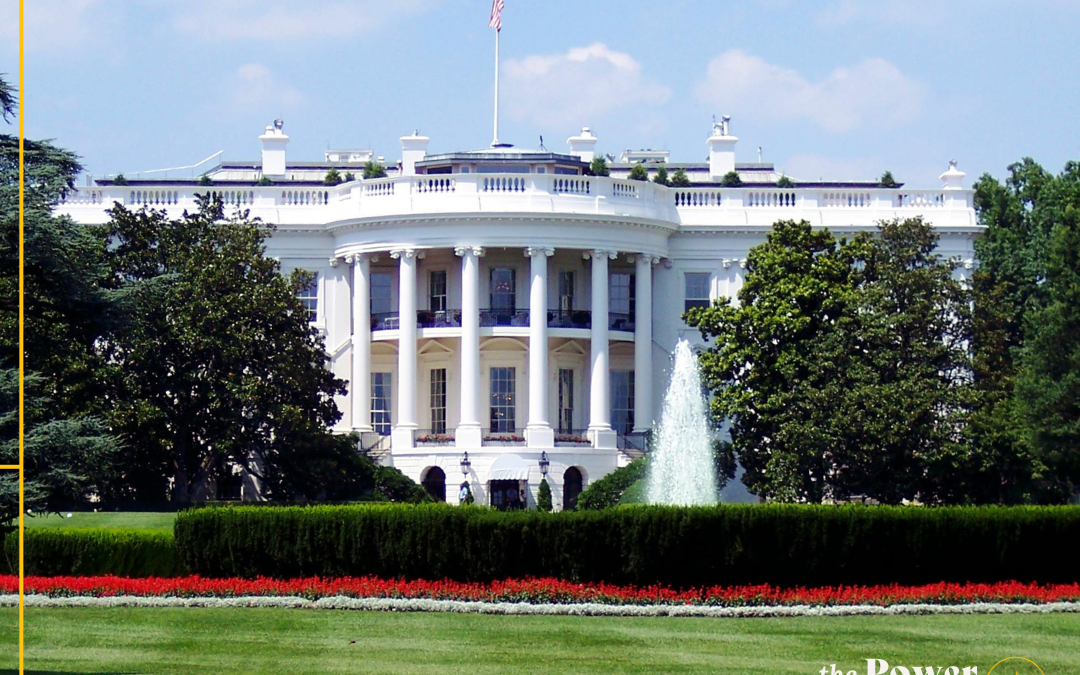In a welcome change for many business owners, Congress passed and the President signed the Paycheck Protection Program Flexibility Act of 2020. This legislation should make it easier for many businesses to accumulate enough qualified expenses to get the majority of their Paycheck Protection Program (PPP) loan forgiven. And for those who do not have the entire loan forgiven, the legislation has allowed for a longer payback period.
Here are the details:
-
- Since the inception of the program, the loan was based on expenses for a two-and-a-half month period, while the forgiveness period was based on eight weeks (or approximately two months). This meant that many business would end up with part of the loan not being forgiven at the end of the period. This new legislation allows the choice of the original eight-week period or an increased forgiveness period to the lesser of 24 weeks or Dec. 31, 2020. The additional 16 weeks certainly will help those businesses that have remained open, but it also will help those businesses that have been closed and are only now reopening.
-
- The legislation also reduced the amount of payroll-related costs that can be used for the forgiveness portion from 75 percent down to 60 percent. This is another area that businesses have been asking for, since even though they are closed, they still have to pay rent and utilities. This will help not only businesses, but also landlords, by allowing their tenants to continue to pay rent as their tenant’s businesses ramp back up. As a drawback, however, eligibility for forgiveness will require employers to spend the 60 percent of the funds on wages; anything less would force a full repayment of the loan. This cliff will catch some companies off-guard.
-
- For any business that is still unable to accumulate enough expenses to have the entire loan forgiven, the legislation provides some relief in the form of lower monthly payments. The two-year payment period has been extended to five years, while still keeping the low 1 percent interest rate. The legislation does indicate that the extended five-year period is only for new loans, but it does note that there is no prohibition from lenders working with their clients to have existing loans also extended.
-
- The safe harbor date for rehiring employees also has been pushed out with this legislation. The prior date was June 30, 2020, and now has been extended to as late as Dec. 31, 2020. As you may remember, the original PPP Act had a number of provisions that limited the forgiveness if a business was unable to maintain their full-time equivalent (FTE) count or any employee received a 25 percent or more pay cut. Just a couple of weeks ago on the SBA application, a safe harbor of June 30, 2020, was listed to rehire the employees in order to eliminate this limitation. That date now has been moved back to as late as Dec. 31, 2020, to allow for more businesses that are only now ramping back up to meet the safe harbor.
-
- The legislation also added additional language that if an employer cannot maintain the number of FTEs that they had previously due to the inability to find qualified employees to hire or restore to the previous levels due to social distancing or other federal health guidelines, they will not be penalized. This may help many small businesses in the industries of entertainment, hospitality and restaurants.
-
- There are many programs available outside of the PPP. One of them allowed businesses to defer the payment of the 2020 employer portion of Social Security and Medicare taxes into 2021 and 2022. Prior to this legislation, any businesses with PPP funding were not able to participate. The new legislation allows businesses that received PPP funds to defer the payment of those taxes, which also will help cash flow.
- The legislation also includes language that seems to indicate that the loan forgiveness application should be filed within 10 months as of the end of the forgiveness period. Since the program continues to change, it may be beneficial for a business to wait for a period of time after their (now) 24 weeks have passed in order to see what other changes may come. In other words: There is no rush to file your forgiveness application.
Although this legislation provides a lot of benefits to businesses that currently have the PPP loans, there will be more guidance to come.
Also, for those businesses that have not yet taken advantage of the program, this may be an incentive to look into it closer.
Hawkins Ash CPAs will continue to monitor these and future tax law changes, as well as the effects on small businesses. If you have any questions about how these changes will affect your business, please contact us. We are here to help.
Sign Up to Receive Email Updates
Be sure you’re getting the latest insights as legislative developments occur. We’re here for you with tax insights and business resources.
Sign Up Now
We Are Here for You
Contact us to talk through the challenges your business faces as you navigate through this unprecedented time. No doubt you’ll need help assessing cash flow and making smart projections, reviewing loan covenants, lining up bridge financing, talking to banks and lenders, figuring out staff loads and employee counts, handling disrupted supply chains, and so much more.
Read An Important Message from Our Firm





